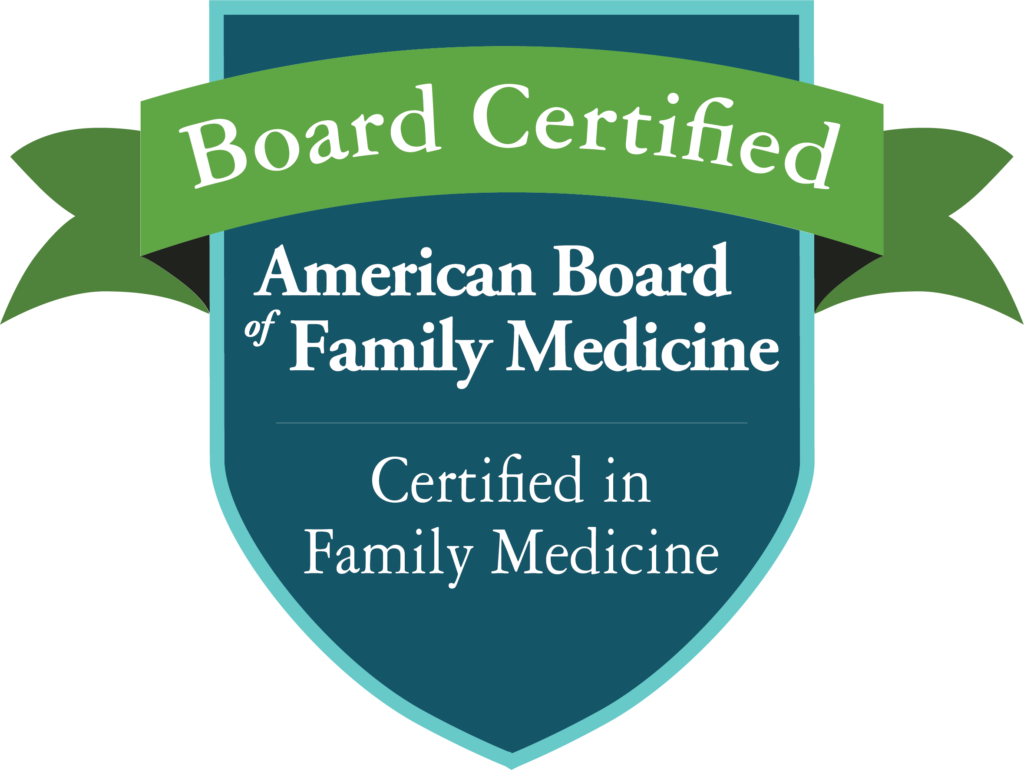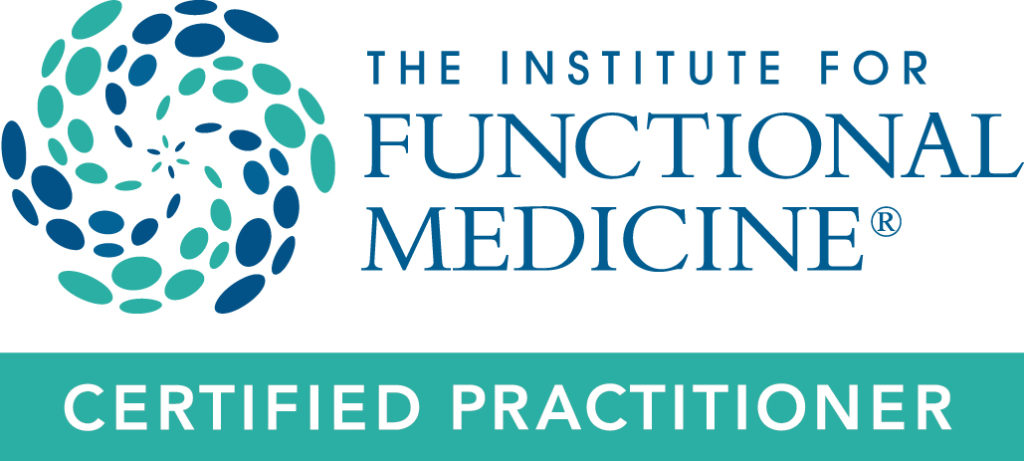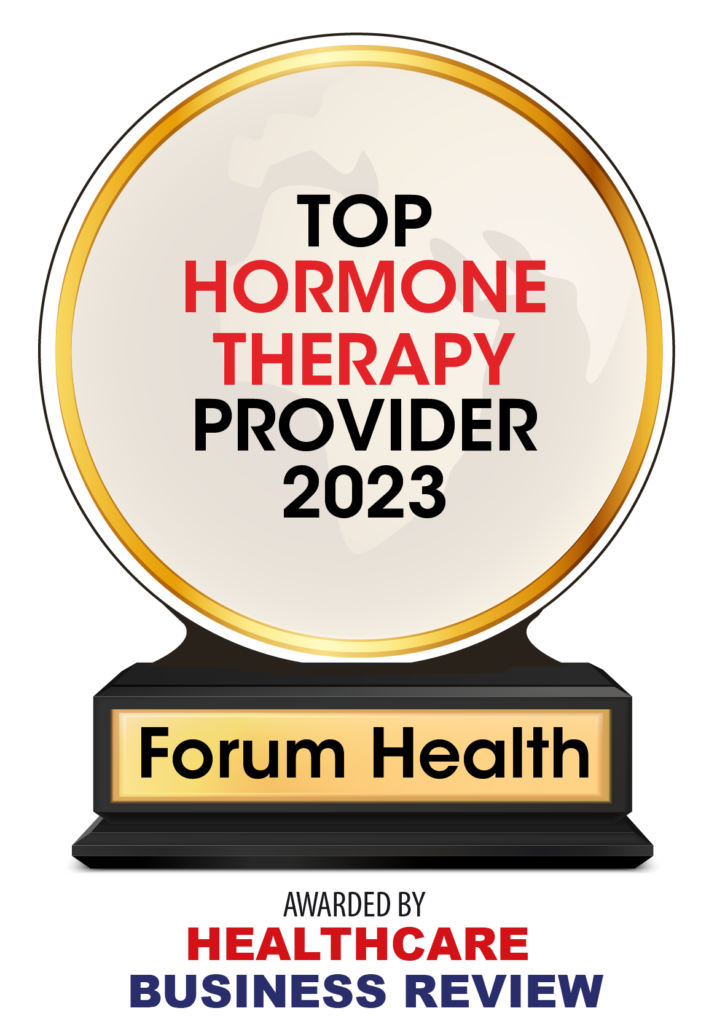Women’s complexity is evident in their hormonal changes, most notably during menopause, when some women have a hormonal “crash landing.” Compared to men’s gradual entry into their change of life, women have a relatively sudden entry into menopause, with fluctuating levels of several hormones.
Symptoms of Menopause
The symptoms of menopause can be mild to severe and include hot flashes, vaginal dryness, dry eyes, dry skin, loss of skin elasticity (wrinkles), poor bladder control, difficulty thinking and sleeping, frequent urinary tract infections, decreased libido, and mood disturbances. These symptoms can significantly impact relationships, health, and quality of life.
Hormone Therapy Research
In 2002, the Women’s Health Initiative (WHI) study once again raised concerns about the long-term safety of post-menopausal synthetic hormone therapy (HT). The WHI studied more than 161,000 women between the ages of 50 and 79. Women were placed in one of three groups: Premarin-treated, Prempro-treated, or a control group with no treatment. The Prempro group showed increased risks of pulmonary embolism (113%), strokes (41%), heart disease (29%), breast cancer (26%), and deep venous blood clots (11%). Researchers felt that Prempro’s and Premarin’s risks outweighed their benefits and the trial was stopped early.
A Closer Look
Premarin is a combination of estrogenic hormones called Conjugated Equine Estrogens (CEE), which are derived from pregnant mares’ urine (PMU). Of the many estrogens found in Premarin, only two (estrone and estradiol) are bio-identical to human estrogens. The remaining estrogens are many times stronger and longer-acting than human estrogens and are thus thought to have more potential for side effects in humans. Premarin’s label warns that taking it for a year without also taking progesterone raises uterine cancer risk by 14 percent.
Prempro consists of Provera and Premarin. Provera, medroxyprogesterone acetate (MPA), is synthetic progesterone or progestin. Though “progestin” sounds similar to natural “progesterone,” progestins are riddled with serious side effects; natural progesterone has few, minimal side effects. Progesterone levels are naturally high during pregnancy, while progestin in “morning after” pills terminates pregnancy.
Wyeth Has a Hot Flash
When WHI trial results were released, 66 percent of women who’d been prescribed Premarin stopped taking it. Warnings quickly appeared on Premarin’s labels; sales fell and (Premarin manufacturer) Wyeth’s stock plummeted.
Man’s Laws/Nature’s Laws
Natural substances can’t be patented. To ensure profits, manufacturers must alter those substances before they can be patented. Even tiny changes to the structure of a natural substance can result in serious, unforeseen side effects.
Prescribing hormones derived from PMU has been likened to putting Ford parts in a Volvo: they don’t fit, they don;t work as intended, and their use could result in both known and unknown consequences.
A Risky Proposition
Estrogen’s health risks have been known as early as the 1930s. Months after the WHI trial was stopped prematurely in mid-2002 because of serious risks of synthetic hormone use, the National Institute of Environmental Health Sciences’ Toxicology Program added estrogens used in HT and birth control pills to its official list of cancer-causing substances.
Enter Bio-Identical Estrogens
Three natural estrogens occur in balance in healthy women. They are: estrone (E1), estradiol (E2), and estriol (E3). Each can be manufactured to be bio-identical.
Estrone is the dominant estrogen in Premarin and is the main storage form of estrogen in the body. During the reproductive years, estrone is derived from estradiol. Around the time of menopause, estrone is increasingly made from testosterone in fat cells (even more so in women who are overweight or drink alcohol). High levels of estrone have been linked to uterine and breast cancers.
Estradiol, a potent estrogen also linked to cancer, is the active ingredient in nearly all transdermal estrogen patches used to treat menopausal symptoms. Estradiol converts to estrone in the body.
Estriol, a weaker estrogen, comprises about 85 percent of circulating human estrogens. Estriol is theorized to occupy estrogen receptor sites, thereby blocking stronger estrogens from occupying them in uterine and breast tissue, lowering cancer risk. However, estrone levels can increase in some women who take estriol. European studies have shown estriol to be effective in treating vaginal dryness and stress incontinence in postmenopausal women.
Good Estrogen/Bad Estrogen
Pharmaceutical estrogens (when taken orally) and “homemade” estrogens are detoxified by the liver to estrogen metabolites for excretion from the body.
Estrogen metabolites include 2-hydroxyestrone, a “good” metabolite that opposes cancer, and 16-alpha hydroxyestrone, a “bad” metabolite that has been shown to be elevated in women who have breast cancer or who have a family history of breast cancer.
A more potent “bad” estrogen metabolite, 4-hydroxyestrone, is formed when estrone is oxidized and “burns” a hole in DNA, an event that can initiate cancer.
Bad estrogen metabolites promote inflammation and clotting and increase the risk of heart disease and cancer. Cancer risk from estrogen metabolites can be measured by laboratory testing of urine, the preferred method, or serum.
The cancer risk posed by estrogen’s “bad” metabolites may be decreased with a program designed by an alternative practitioner trained in management of women’s HT. This program may include taking ground flax seeds, resveratrol, fish oil, di-indole methane (DIM), calcium d-glucarate, and iodine, and eating cruciferous vegetables (kale, broccoli, cabbage, collards, brussel sprouts, etc.).
Estrogens used transdermally (patch, gel, or cream) bypass the liver and do not break down into risky estrogen metabolites. Also, applying estrogen transdermally results in more stable hormone blood levels than taking estrogen by mouth.
Enter Menopause
Women who have a sudden entry into menopause (usually from surgical removal of their ovaries with a total hysterectomy) may develop symptoms of estrogen deficiency. Suddenly stopping estrogen prescriptions can also cause the same symptoms.
However, in women who have a natural, more gradual entry into menopause, the adrenal glands increase their production of pregnenolone and DHEA, which support the production of estrogens, progesterone, and testosterone that, in effect, can help moderate the symptoms of estrogen deficiency.
Because fat cells produce estrogen, overweight women may have fewer symptoms of estrogen decline.
Vital Woman
Testosterone may be used in small doses in a comprehensive HT program to strengthen women’s overall vitality and, when applied transmucosally, to enhance sexual response.
Estrogen Dominance
The modern environment is increasingly estrogen-laden. Health experts are concerned about estrogen-mimicking substances that include pesticides, plasticizers (phthalates and bisphenol A), synthetic estrogens both in meat and those that are excreted into the water supply by people who take HT. Excess estrogen contributes to early puberty, blood clots, diabetes, endometriosis, cancer, obesity, liver stress, and fibroids.
Natural micronized progesterone can help offset estrogen’s cancer, vascular, and clotting risks and also has beneficial effects on cholesterol levels. Most over-the-counter plant- or yam-based creams do not have this benefit, while synthetic progestin increases these risks.
Menopause Treatment Options
Non-hormonal treatment of menopausal symptoms includes balancing neurotransmitters and making lifestyle changes, e.g., reducing intake of harmful dietary fat and alcohol, eating more cruciferous vegetables, eating fermented soy (miso and tempeh) and ground flax seeds, addressing thyroid and adrenal imbalances, getting regular exercise, and reducing stress. Because the liver detoxifies and excretes excess estrogens from the body, supporting liver health can help lower estrogen toxicity. Dietary fiber can assist in removing toxic estrogen stores from the body. Maintaining normal body weight can help lower risks of estrogen toxicity. Helpful herbs include soy isoflavones, chasteberry, dong quai, black cohosh, red clover, and Siberian ginseng.
Hot Flashes/Cold Turkey
When family or personal risk for heart disease, clot formation, or cancer makes it advisable for a woman to stop HT, or if stopping prescribed HT “cold turkey” results in symptoms, tapering hormone doses slowly over a period of months mimics the healthy, gradual decline of hormones during menopause. An herbalist can often help ease withdrawal from estrogen therapy (ET). Medical monitoring is advised during this process.
Overview
Health risks from estrogen stem from a woman’s cumulative estrogen exposure during her lifetime – early onset of menstrual periods, late onset of menopause, use of birth control pills and other hormone therapies, and exposure to chemicals that mimic estrogen.
The lowest effective dose of ET should be used for the shortest amount of time possible. Herbs, diet, environmental controls, nutritional support, and exercise can be used to support healthy estrogen metabolism.
HT is not one-size-fits-all, a fact making individualized medical management of women’s HT essential. Each woman with peri-menopausal health concerns should be individually assessed for vascular disease, clot, and cancer risks prior to receiving HT. Women taking HT should inform their doctors if they develop breast swelling, pain, or discharge, uterine bleeding or pain, or nausea. Women taking HT need annual pap smears and breast cancer screening, in addition to ongoing lab testing of hormone levels to guide the practitioner’s dosing to optimize HT’s safety.
List of Bio-Identical Hormones
Estrone, estradiol, estriol, testosterone, micronized progesterone, Alora, Biest, Climera, Estrace, Estraderm, EstroGel, FemPatch, Menostar, Prometrium, Estring, Triest, Vivelle, and Vivelle Dot.
Relief in Sight
Estrogen deficiency and imbalances that occur at menopause can seriously undermine women’s health and quality of life and should not be left untreated. Many women with moderate to severe peri-menopausal symptoms can be assured that options to synthetic HT exist. Properly prescribed, monitored bio-identical HT offers safe and effective relief for the symptoms of menopause, and at the same time, enhances bone, heart, and cognitive health, and helps lessen hormone-related aging symptoms.
Balancing the need for relief from the symptoms of estrogen deficiency against the risks and side effects of synthetic HT can be accomplished by consulting an alternative practitioner trained in the use bio-identical HT









